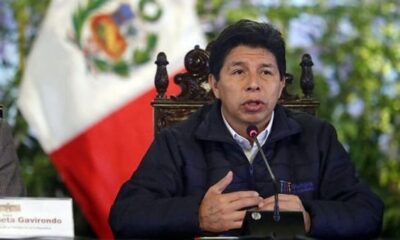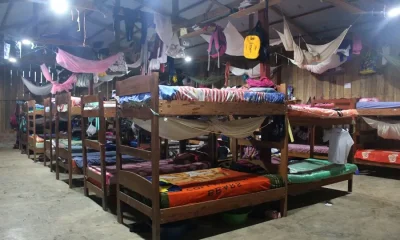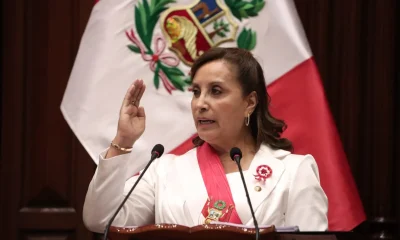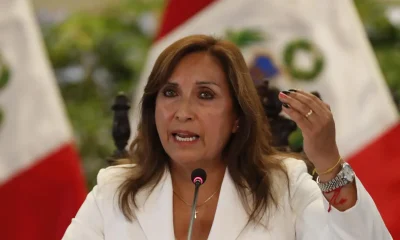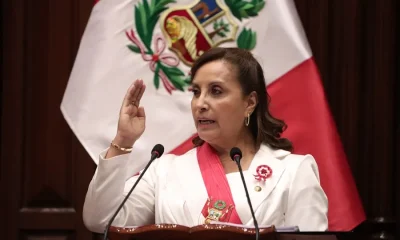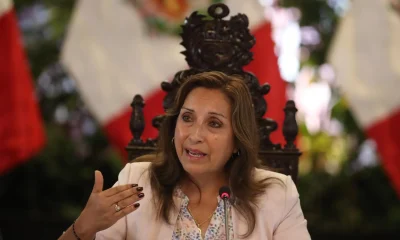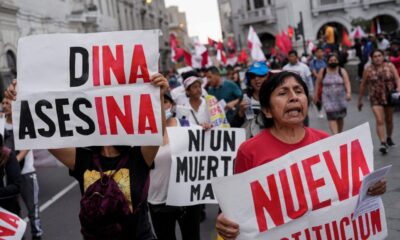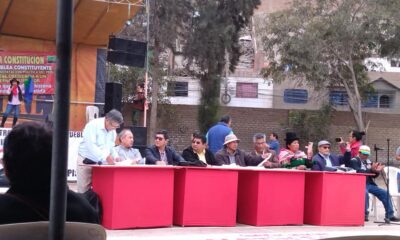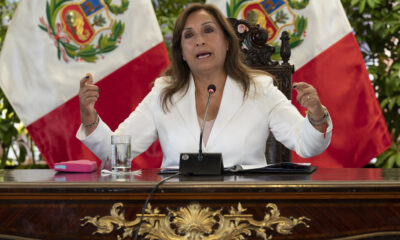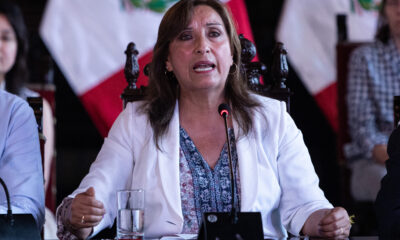International
Northern Peruvian unions to march against President Boluarte
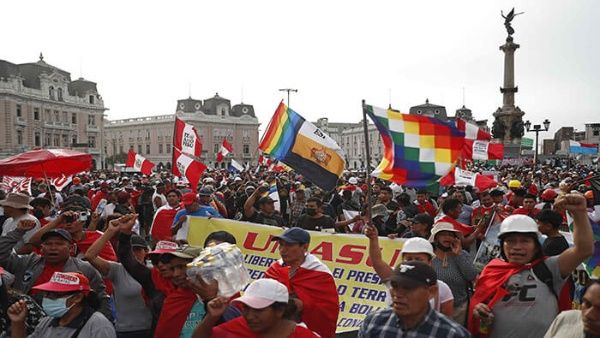
February 20 |
Organizations, unions and workers’ unions in the Peruvian region of Arequipa will participate this Monday in a new day of protests to demand the resignation of President-designate Dina Boluarte.
The groups gathered in the Frente de Defensa del Cono Norte de Arequipa (Fredicon), explained that the mobilization was agreed in a meeting with representatives of other unions in the Peruvian city.
In addition to the workers’ unions and guilds, students, merchants and civil construction guilds of the Arequipa region will also participate in the day of protests.
According to the organizers of the protest, the participants will mobilize through several streets of the city until they reach the historic center of Arequipa.
In addition to demanding the resignation of the appointed president Dina Boluarte, they will also demand the dismissal of the current Congress and the advancement of general elections for 2023.
Protests against President Dina Boluarte will be repeated in other regions of southern Peru which have been on strike since last Friday.
The southern regions of Peru have been characterized for maintaining a continuous protest against the Government, with strikes and road blockades, which were violently repressed by the Peruvian National Police (PNP).
According to the Ombudsman’s Office, at least 60 people have died as a result of police repression of anti-government demonstrations which began last December 7.
Central America
Mexico and Guatemala launch joint security operation after Agua Zarca border attack

The Government of Mexico announced on Tuesday that it has strengthened coordination with Guatemala following an armed confrontation in the community of Agua Zarca, in Guatemala’s Huehuetenango department, where a soldier was wounded in an attack attributed to organized-crime groups operating on both sides of the border.
The Secretary of Security and Citizen Protection, Omar García Harfuch, confirmed that Mexico is exchanging information with Guatemalan authorities and that Mexican Army units have been deployed along the border to reinforce surveillance and assist in reconnaissance operations.
The attack, Guatemala’s Defense Ministry stated, reflects the “criminal dynamics” dominating that border region, where different groups compete for drug and arms trafficking routes.
According to Guatemala’s Defense Ministry, the clash left a soldier wounded in the leg after suspected criminals crossed from Mexico and opened fire. The wounded soldier is reportedly in stable condition. Authorities also seized high-caliber weapons, explosives, tactical gear and drones, which were handed over for forensic analysis.
Mexican Defense Secretary General Ricardo Trevilla Trejo announced that a coordinated plan of operations will be launched involving both Mexican and Guatemalan forces along the border to counter these criminal networks.
Harfuch emphasized that the violence is not isolated but symptomatic of the ongoing struggle between criminal organizations for territorial control, and reiterated Mexico’s commitment to bilateral security cooperation and its intention to strengthen institutional presence in vulnerable border zones.
International
Zelensky meets Pope Leo XIV as review of U.S. peace plan continues
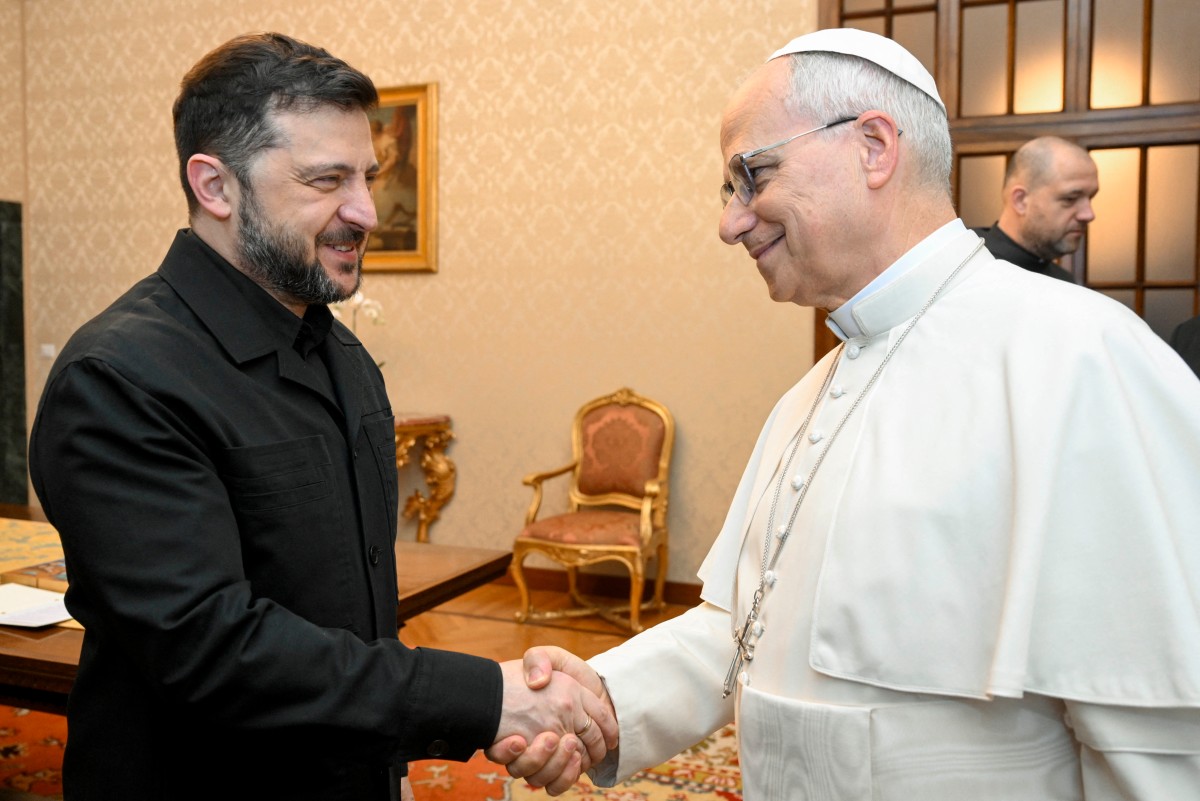
Ukrainian President Volodymyr Zelensky met on Tuesday with Pope Leo XIV in Italy, after pledging to deliver a response to the United States regarding the proposed peace plan aimed at ending the war with Russia.
The meeting with the pontiff took place at the papal residence in Castel Gandolfo, near Rome, where Leo XIV “reiterated the need to continue dialogue and renewed his urgent hope that the ongoing diplomatic initiatives may lead to a just and lasting peace,” the Vatican said in a statement.
His visit to Italy follows Monday’s meetings with European leaders in London and Brussels, amid pressure from U.S. President Donald Trump to agree to a peace plan that Zelensky said he is still reviewing.
According to Zelensky, the plan presented by Washington—originally consisting of 28 points—was reduced to 20 after discussions between Ukrainian and U.S. representatives over the weekend. “We are going to work on those 20 points. We are not completely satisfied with the proposals from our partners,” Zelensky said during an online press conference on Monday.
International
Japan lifts tsunami alert after strong 7.6-magnitude earthquake hits northern coast
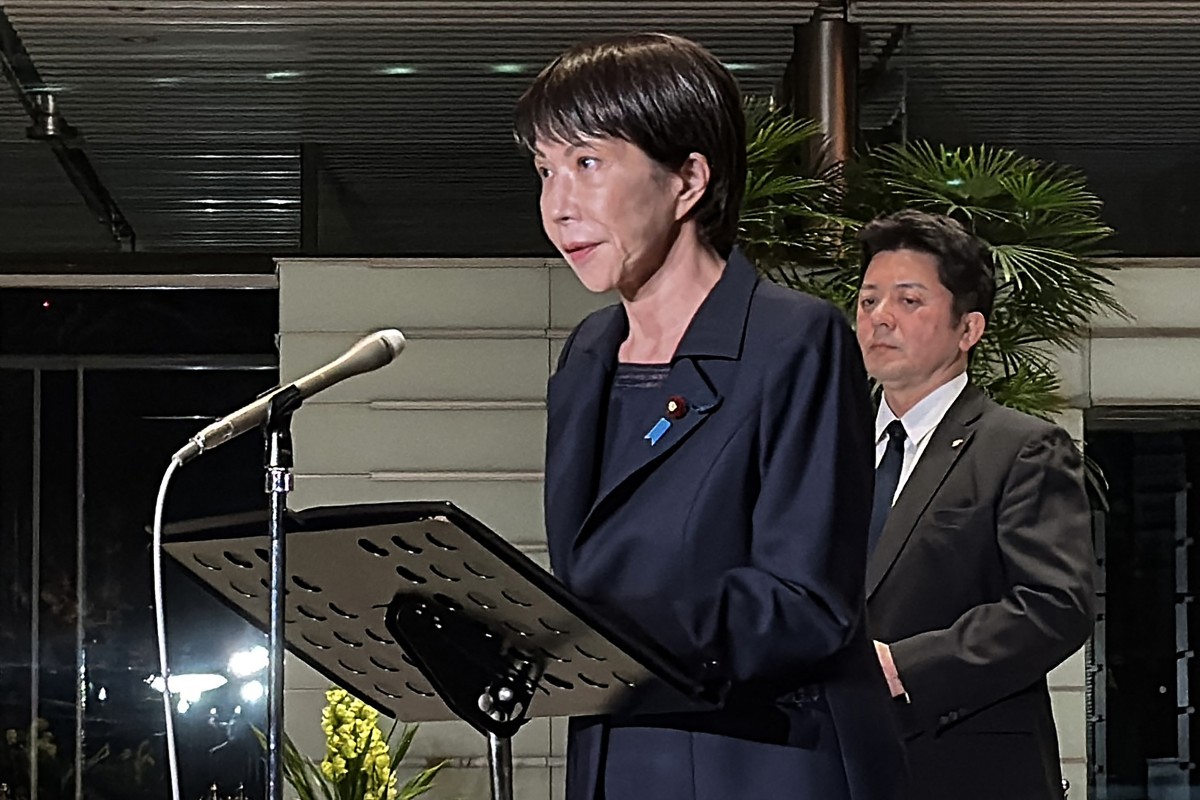
A powerful 7.6-magnitude earthquake struck Japan’s northern coast on Monday, triggering several tsunami waves of up to 70 centimeters, authorities said. The tsunami alert was lifted in the early hours of Tuesday.
According to the U.S. Geological Survey (USGS), the quake occurred at 11:15 p.m. local time (14:15 GMT) off the coast of Misawa, at a depth of 53 kilometers. Japan’s Meteorological Agency (JMA) immediately issued a tsunami warning. The first wave reached a port in Aomori Prefecture at 11:43 p.m. (14:43 GMT), followed by others measuring up to 70 centimeters.
Public broadcaster NHK reported that an employee at a hotel in the city of Hachinohe confirmed that several people were injured. Live footage showed shattered glass scattered across roads, while many residents evacuated to the city hall seeking shelter.
The strong tremor was also felt in Sapporo, where emergency alerts were sent to residents’ mobile phones. A reporter in Hokkaido described a horizontal shaking that lasted around 30 seconds, making it difficult to stay standing.
Before the alert was lifted, the JMA had warned of the possibility of tsunami waves up to three meters high along Japan’s Pacific coast. Government spokesperson Minoru Kihara urged residents to remain in safe areas until the warning was officially lifted.
-
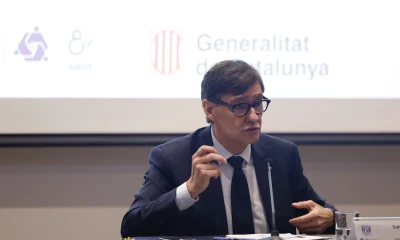
 International5 days ago
International5 days agoCatalonia’s president calls for greater ambition in defending democracy
-

 Central America3 days ago
Central America3 days agoHonduras vote vount drags on as Asfura and Nasralla remain in technical tie
-
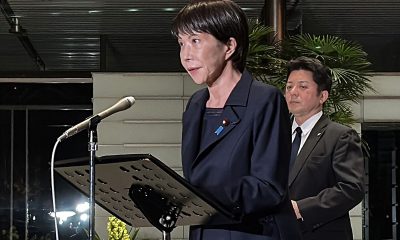
 International1 day ago
International1 day agoJapan lifts tsunami alert after strong 7.6-magnitude earthquake hits northern coast
-

 International3 days ago
International3 days agoFive laboratories investigated in Spain over possible African Swine Fever leak
-
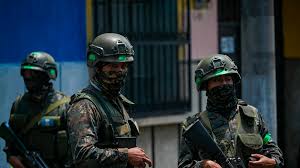
 Central America1 day ago
Central America1 day agoGuatemalan soldier wounded in clash with suspected mexican armed group near border
-
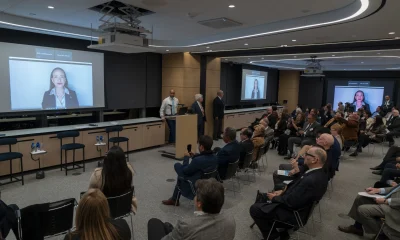
 International5 days ago
International5 days agoMaría Corina Machado says Venezuela’s political transition “must take place”
-

 Central America1 day ago
Central America1 day agoGuatemala reverses asset seizures after judge replacement, benefiting ex-president and former ministers
-

 International1 day ago
International1 day agoInterior Dept. redefines 2026 Patriotic Days, sparking criticism over removed civil rights holidays
-

 Central America8 hours ago
Central America8 hours agoMexico and Guatemala launch joint security operation after Agua Zarca border attack
-

 Central America9 hours ago
Central America9 hours agoHonduran University: Nullifying elections without proof of fraud undermines popular sovereignty
-

 Central America9 hours ago
Central America9 hours agoCNA director says Libre’s defeat stems from “lack of substance,” not messaging
-
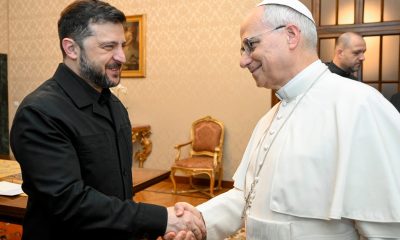
 International9 hours ago
International9 hours agoZelensky meets Pope Leo XIV as review of U.S. peace plan continues

























